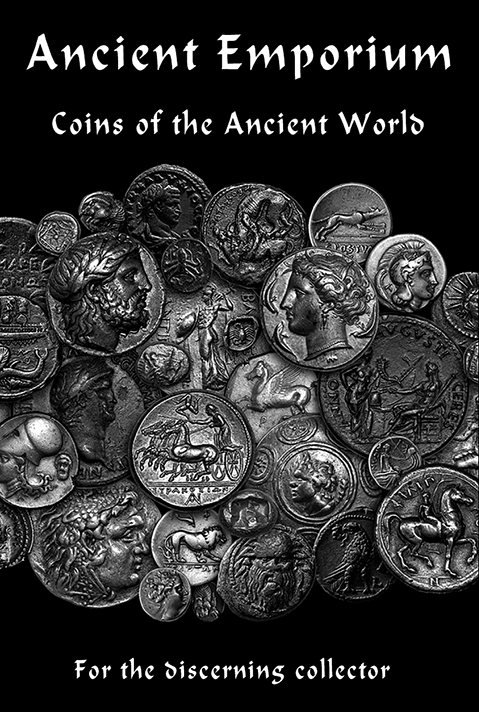No two societies in history think exactly alike. In fact, the mindset of a given society throughout history can help historians unpack important clues about the effects of psychological shifts — such as more social trust or more openness. In a review published in the journal Trends in Cognitive Sciences, researchers explain how modern computing methods like text mining, face detection algorithms, and melodic extraction programs can enable large-scale analysis of cultural artifacts such as paintings, stories, or clothing to uncover this psychological data.
“It is obviously impossible to distribute questionnaires or conduct experiments on individuals who have been dead for decades or centuries,” write the authors, led by Nicholas Baumard of Paris Sciences et Lettres (PSL) University. “These novel methods, together with the increasing availability of digitized cultural datasets, have improved our ability to characterize and quantify several psychological dimensions across a variety of documents and historical periods.”
Cognitive scientists can draw conclusions about the psychology of past peoples based on their consumption of specific types of media. For example, changes in the consumption of sad music over time could explain a culture’s long-term trends in empathy. We may also gain insight into a civilization’s parental trends based on the popularity of cute baby portraits over time. In addition, portraits of older rulers can reveal whether power or trustworthiness was seen as more important in a political leader.

“In 2023, it would be difficult to imagine Charles III posing like Henry VIII, focusing on physical dominance,” the authors write. “Charles III is expected to display signs of sympathy and trustworthiness. Thus, the portrait of Charles III, and that of Henry VIII, indirectly tell us something about the degree of dominance and authoritarianism that their subjects considered acceptable.”
These cultural artifacts can be studied on a larger scale than ever before thanks to new computational methods. According to the review, text mining has been used to quantify the personality traits of historic literature, face detection algorithms have been used to determine the emotional expressions in works of art, and melodic extraction has been used to measure the emotional impact of music based on audio recordings or a written musical score.
However, the authors note that, because computational methods have mostly been validated based on their analysis of modern content, they may need more development before being able to make robust conclusions about the past. In addition, many of the cultural artifacts that survived up to today were intended for the upper classes of society. This means that resulting psychological data may not have applied to the majority of a given era’s inhabitants.



